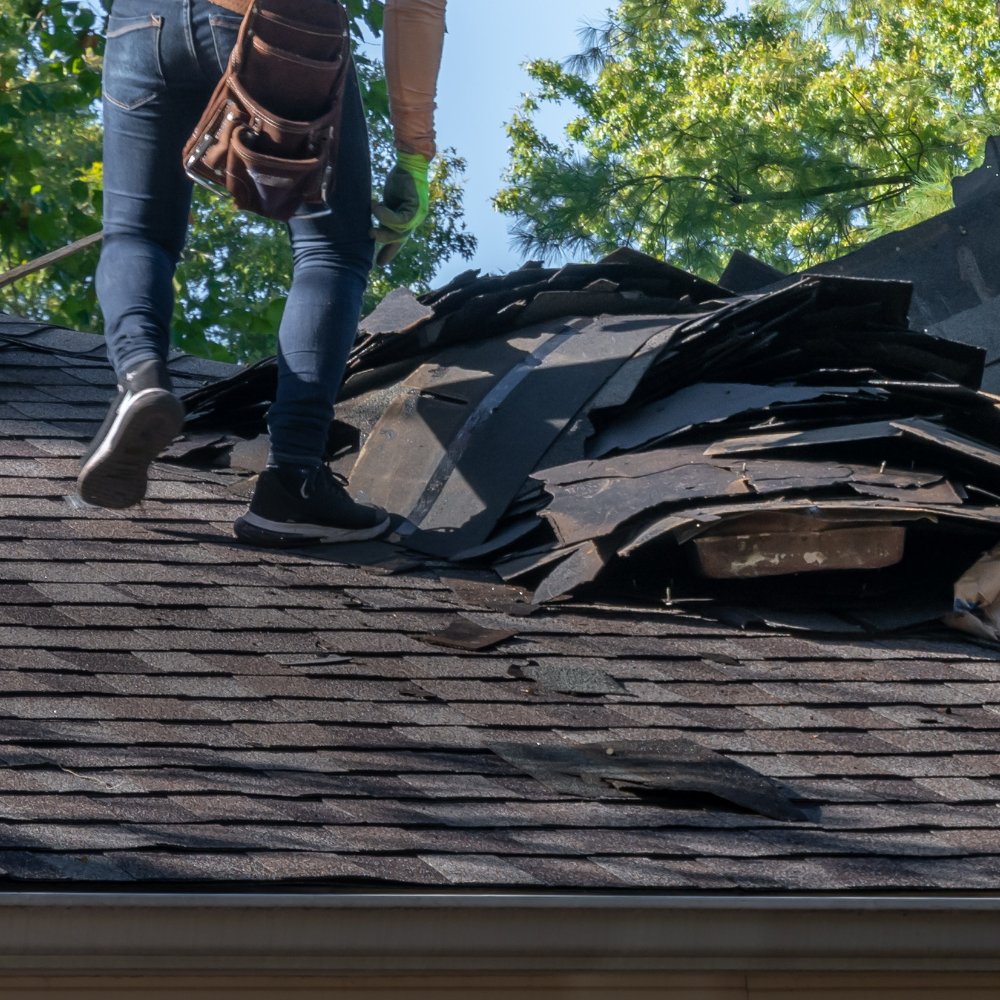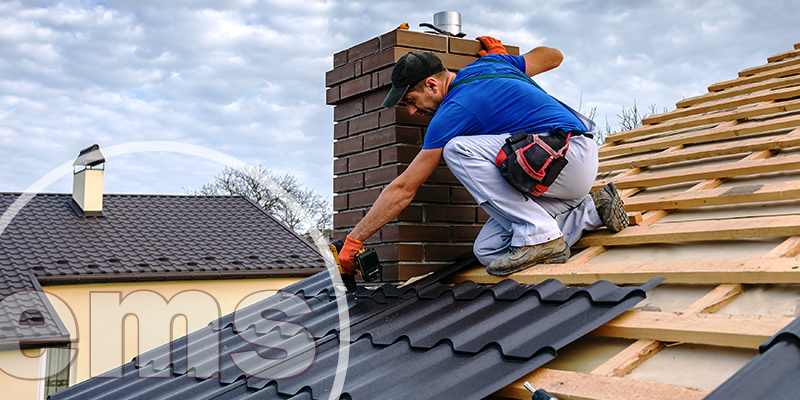Expert Roofer: Quality Craftsmanship for Your Roofing Needs
Expert Roofer: Quality Craftsmanship for Your Roofing Needs
Blog Article
Assessing the very best Roofing Materials for Replacement: An In-depth Evaluation of Durability, Cost, and Aesthetic Appeal
Selecting the appropriate roof covering material for replacement includes a cautious evaluation of several essential factors, consisting of resilience, expense, and aesthetic allure. Each alternative offers special benefits and drawbacks; for example, asphalt shingles are economical yet shorter-lived, while metal roofing systems promise long life at a higher financial investment. Additionally, the aesthetic effect of materials like clay ceramic tiles can not be ignored, in spite of their premium cost point. Recognizing how these elements engage can substantially influence the decision-making procedure. As we check out these elements further, the implications for your specific scenario end up being significantly pertinent.
Introduction of Roof Materials
As home owners significantly prioritize toughness and energy effectiveness, understanding the various roof covering products available for substitute becomes vital. The option of roofing products directly influences not just the visual allure of a home yet likewise its long-lasting performance and maintenance expenses.
Amongst the most common roof covering products are asphalt shingles, steel roof, and tile. Asphalt tiles are preferred for their cost and convenience of setup, making them a preferred choice for numerous property applications. Metal roofing, which consists of materials such as steel and aluminum, provides extraordinary toughness and power efficiency, frequently reflecting warm and lowering cooling costs. Tile roof covering, typically made from clay or concrete, is prized for its longevity and visual charm, giving a distinctive appearance that can enhance a home's worth.
In addition, newer materials such as synthetic shingles and green roofing systems are gaining traction. Artificial alternatives imitate standard materials while supplying boosted sturdiness and reduced maintenance requirements. Eco-friendly roofings, which integrate plants, contribute to energy effectiveness and biodiversity.
Resilience Analysis
When examining roofing products for substitute, sturdiness is a crucial variable that home owners should take into consideration. The life expectancy and resilience of roofing materials directly influence lasting maintenance and substitute prices. Numerous products show varying degrees of resilience, making it necessary to recognize their performance under ecological stress factors.
Asphalt tiles, while prominent for their cost-effectiveness, generally last 15 to thirty years and might require more constant replacement due to deterioration from UV exposure and severe climate. In contrast, steel roof covering supplies amazing longevity, with a lifespan of 40 to 70 years and resistance to wind, fire, and bugs. Additionally, clay and concrete tiles can endure harsh problems, often lasting longer than 50 years, although their weight demands a durable architectural support group.

Price Comparison
Considering the economic effects of roof products is essential for property owners preparing a replacement. The expense of roof materials can differ significantly based on elements such as product type, installation intricacy, and regional prices differences.
Asphalt shingles are amongst the most affordable options, commonly ranging from $90 to $100 per square (100 square feet), making them a prominent option for budget-conscious house owners. On the other hand, metal roofing can set you back in between $250 and $700 per square, depending upon the kind of metal and surface picked. While steel roofings tend to have a higher in advance expense, their durability and energy performance may result in expense financial savings gradually.
Clay and concrete tiles are also on the higher end of the spectrum, balancing between $300 and $600 per square. These materials provide sturdiness and aesthetic charm but need a significant first investment.
Finally, slate roofing, recognized for its extraordinary sturdiness and classic appearance, can range from $600 to $1,500 per square, making it one of the most expensive option. Homeowners must consider the preliminary prices against the expected lifespan and upkeep needs of each product to make an educated decision.
Visual Factors To Consider
Visual considerations play an important review duty in picking roof products, as the roof significantly influences a home's total appearance and aesthetic appeal. House owners usually look for products that enhance their architectural design and enhance the visual allure of their residential property. The shade, appearance, and account of roof covering products can drastically affect the total aesthetic.
Materials such as asphalt tiles offer a range of colors and styles, making them a prominent option for domestic jobs. On the other hand, steel roof covering offers a sleek, contemporary look and is readily available in countless finishes that can match modern styles. Standard options like clay ceramic tiles or slate can evoke a timeless style, attracting those who favor traditional aesthetics.
Moreover, the assimilation of roof products with bordering components, such as exterior siding and landscape design, is vital. A natural shade combination and unified textures can boost a home's exterior look at these guys and contribute to its worth. Homeowners ought to likewise think about exactly how the selected roof material connects with all-natural light, as this can influence the roofing system's appearance throughout the day. Eventually, selecting cosmetically pleasing roof products calls for careful consideration of individual preference, architectural style, and the general vision for the home.
Final Suggestions
Choosing the best roof covering material can dramatically boost a home's resilience and aesthetic charm. new roof. Based on our analysis of resilience, expense, and aesthetic factors, we suggest three main options for homeowners considering a roofing substitute
To start with, asphalt shingles continue to be the most preferred option because of their cost and adaptability. They give an excellent equilibrium of cost-effectiveness and protection, making them ideal for many household applications. Property owners must consider their longevity, as they normally last 15 to 30 years.

Last but not least, for those seeking an upscale visual, slate or tile roofing supplies unparalleled style and durability. Although these materials include a steep cost, their life expectancy can surpass 100 years, making them a worthwhile financial investment for high-end homes.
Ultimately, the very best selection will certainly rely on specific spending plan, aesthetic choices, a knockout post and local environment considerations. Home owners need to speak with a roofing professional to evaluate their certain needs.
Conclusion
In final thought, picking the appropriate roof material demands a cautious assessment of sturdiness, price, and visual allure. Asphalt shingles give an economical service with modest longevity, while metal roof succeeds in longevity and power efficiency.
Report this page